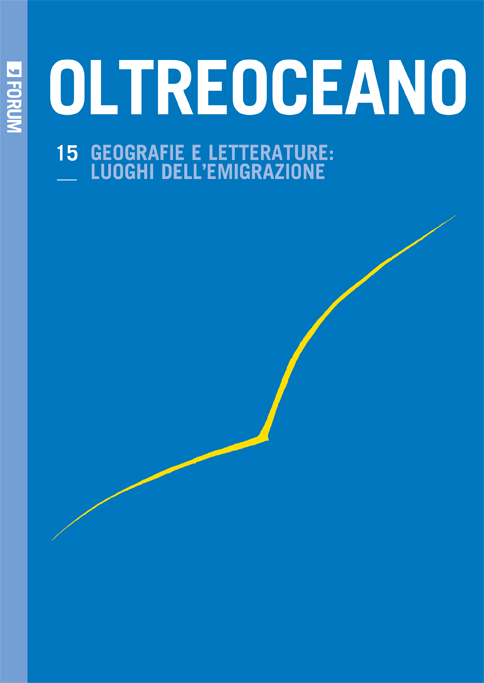No. 15 (2019): Geographies and Literatures: Places of Emigration

This volume examines the impact of migrants on the geographical reality of North, Central and South America through an analysis of the places and literary texts of migration. Thanks to the mingling of curious travellers in serach of an identity, of Europeans (among which many Italians) in search of a job, and of various indigenous peoples who moved into the cities, those vast lands were transformed into the multicultural meting pot we know today as the New World. As the migratory flows intensified, the early descriptions of the landscape gradually changed. Initially, emotions, intimate yearnings, hidden desires and abstractions prevailed in the narration, so that the resulting texts mimicked a harmony which can hardly be found outside of one’s homeland. At a later stage there was a revisitation of the past according to the concept of liminarity as regards with individuals, situations, spaces and time periods. This is what made it possible to re-inscribe the history of identity transitions within geographical realities that were increasingly considered one’s own as the concept of homeland developed. The aim of the volume is to show how the geographical reality of the Americas has a common point of contact with the vast spaces of literature; it emphasizes possibilities of dialogue or of silence between the texts and the places of migration. These contact zones aptly disclose both geological stratifications and the overlapping of histories and stories, of culture and nature, of literary imagination and direct experiences (both nice and ugly, traumatic and exhilirating), of past and present, of void and full, and of ancestral and new.












